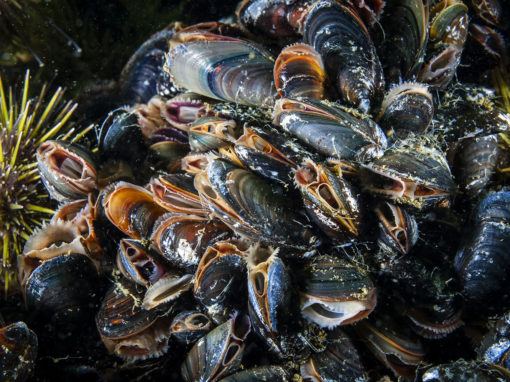This task is for high school chemistry students studying pH and/or equilibrium or for high school environmental science students studying ocean acidification. Students identify patterns and connections between graphs of atmospheric carbon dioxide concentrations, oceanic carbon dioxide concentrations, and ocean pH. Given chemical equations for calcium carbonate formation and bicarbonate formation, students explain how atmospheric carbon dioxide concentration increases and ocean acidification impact the ability of sea life to form shells.
Assessment 3D Learning Target
Analyze and interpret data about cause and effect relationships resulting in changes to the atmosphere, hydrosphere, biosphere, and geosphere.
Standard Addressed
PE: HS-ESS2-2: Analyze geoscience data to make the claim that one change to Earth’s surface can create feedbacks that cause changes to other Earth systems.
By Dimension: Specific dimension pieces that this assessment will center on.
SEP(s):
Analyzing and Interpreting Data
- Analyze data using tools, technologies, and/or models (e.g., computational, mathematical) in order to make valid and reliable scientific claims or determine an optimal design solution.
DCI(s):
ESS2.A: Earth Materials and Systems
- Earth’s systems, being dynamic and interacting, cause feedback effects that can increase or decrease the original changes.
CCC(s):
Cause and Effect
- Cause and effect relationships can be suggested and predicted for complex natural and human designed systems by examining what is known about smaller scale mechanisms within the system.
Files
- Teacher Guide
- Task Facilitation Slides
- Student Task Document
- Sense-Making Tool (coming soon)
Other Assessment Resources >
Creators
- Brian Ehlert, Graham Kapowsin High School
- Steven White, Graham Kapowsin High school




